Long-term reliability is a top priority for many car buyers, especially when it comes to engines that can endure high mileage without trouble. While some begin to struggle under the stress of age and wear, others continue to run smoothly and quietly well beyond 200,000 miles with only routine care.
This section highlights five standout SUV engines that have earned a reputation for exceptional durability, low maintenance costs, and consistent performance.
These engines not only exceed expectations but also remain mechanically sound and cost-effective as the years and miles add up. Here’s a closer look at what makes them such reliable long-term companions.
5 Engines That Run Quiet After 200K Miles
1. Toyota RAV4: The Maintenance Minimalist
The Toyota RAV4 is often considered the gold standard in reliability among compact SUVs. Its 2.5-liter four-cylinder engine is evolutionary in design, favoring proven components over risky innovation.
This approach has allowed Toyota to perfect the powertrain through gradual refinements, resulting in low repair frequencies and minimal early-life failures. RAV4s regularly surpass 200,000 miles while requiring only routine maintenance like oil changes and brake service.
Parts are widely available and affordable thanks to shared platforms, and repair procedures are simplified due to thoughtful engineering. Owners consistently report quiet operation and mechanical consistency even as the miles rack up.
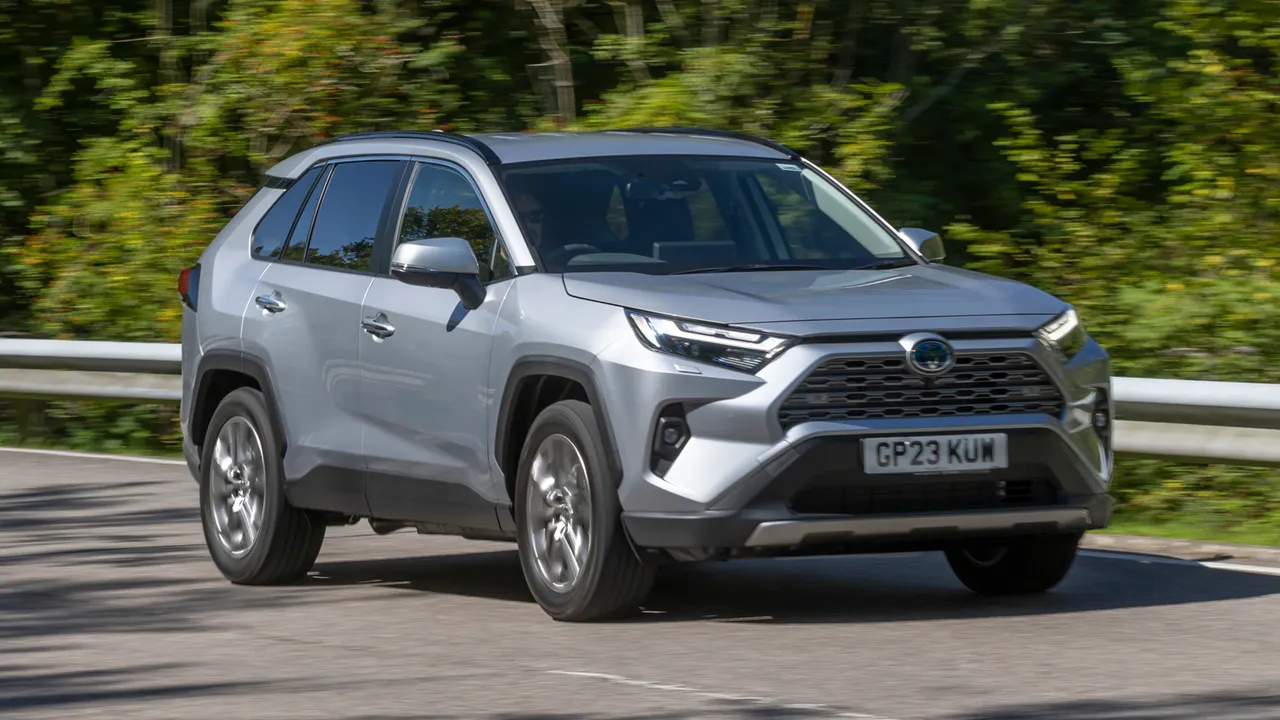
2. Honda CR-V: Thoughtful Engineering Pays Off
Honda’s CR-V earns praise for its intelligently designed 1.5-liter turbocharged engine, built for both efficiency and ease of maintenance. Featuring a timing chain instead of a belt, the CR-V eliminates one of the most common costly services required by competitors.
Technicians appreciate the engine’s logical layout, which reduces service times and keeps labor costs low. Its CVT transmission, once criticized, is now among the most reliable in the segment.
CR-Vs regularly cross the 200,000-mile mark while maintaining smooth, quiet engine performance. This makes it a top choice for drivers seeking a long-term vehicle with low ownership costs.

3. Subaru Forester: AWD Without the Cost
The Subaru Forester disproves the notion that all-wheel-drive systems are expensive to maintain. Its signature boxer engine design offers natural balance, reducing internal wear and enhancing longevity.
While early models had head gasket issues, post-2014 Foresters have largely resolved these concerns. Owners routinely report high mileage performance with little more than standard upkeep. Subaru’s symmetrical AWD is mechanically simple and durable, avoiding the failures seen in more complex systems.
Mechanics find Foresters easy to service, and replacement parts are competitively priced. This blend of engineering simplicity and robustness ensures the Forester remains quiet and dependable well past 200,000 miles.
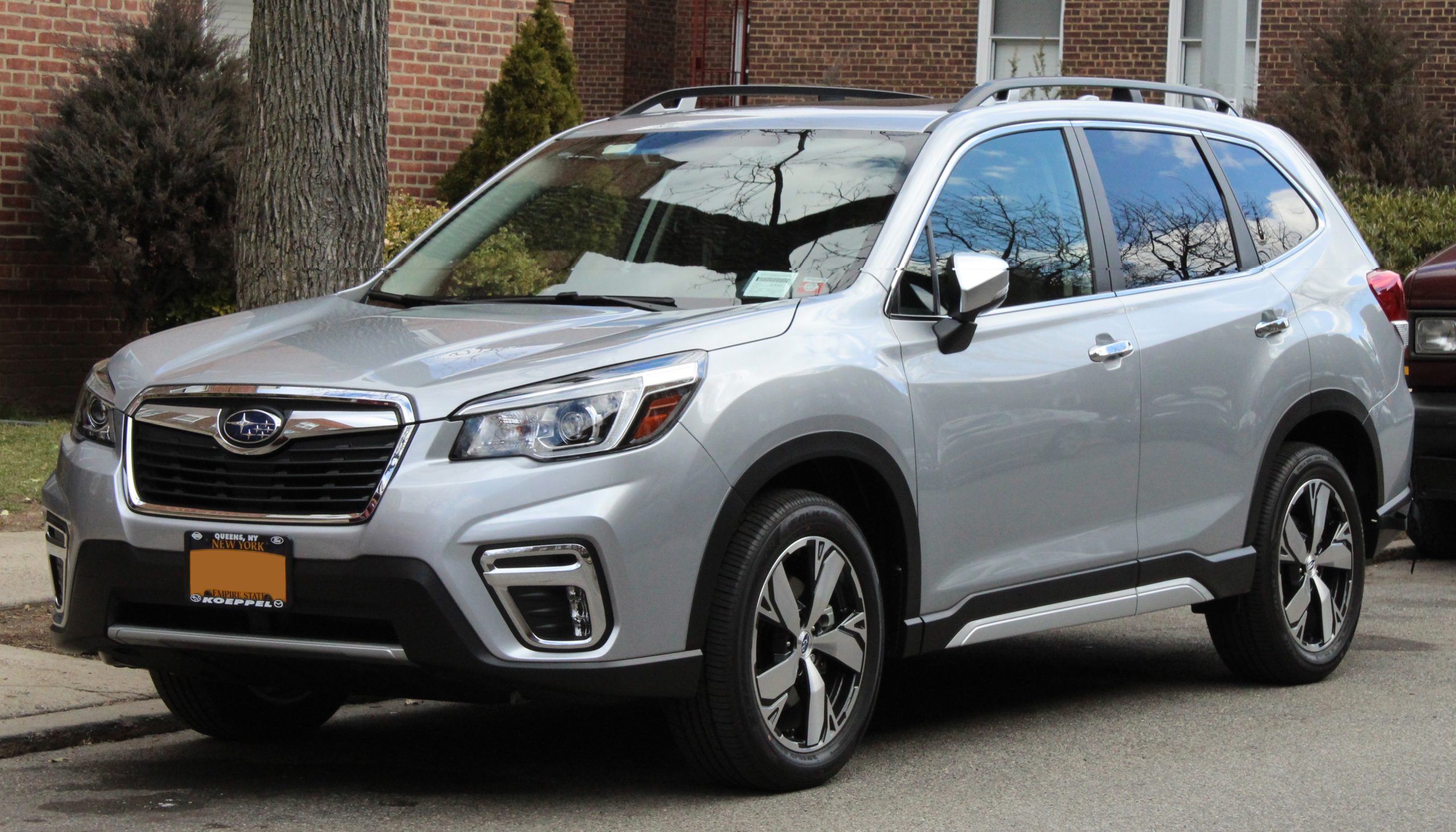
4. Kia Sportage: Warranty and Beyond
Kia’s Sportage might surprise some by making this list, but its recent models have proven remarkably durable. The company’s 10-year/100,000-mile powertrain warranty initially draws buyers, but many find the vehicle maintains reliability long after that expires.
The Sportage’s engines and transmissions now match Japanese rivals in longevity, while offering lower service costs due to accessible design and widespread parts availability.
Routine maintenance is quick and affordable, and even more involved repairs like alternator or timing belt replacements are simpler than average. Many owners report their Sportage remains mechanically sound and surprisingly quiet even after 200,000 miles on the road.
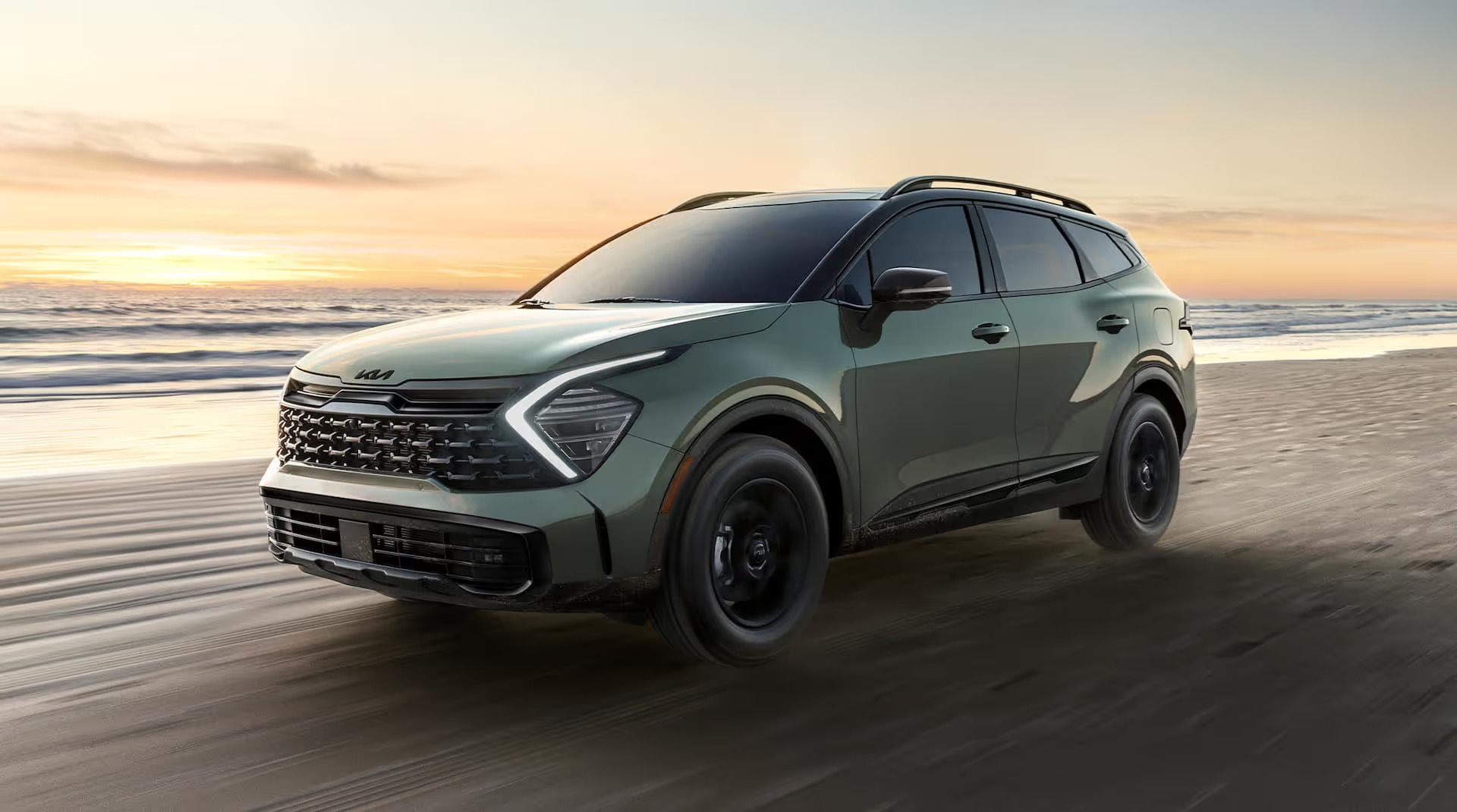
5. Chevrolet Traverse: Domestic Durability
The Chevrolet Traverse breaks old stereotypes about American reliability with its proven 3.6-liter V6 engine. After resolving early teething issues, the engine matured into a robust performer capable of delivering longevity and quiet operation.
Repair costs remain low thanks to high parts availability and a conventional design that avoids expensive extras. The Traverse’s 9-speed automatic transmission also benefits from durability improvements, contributing to the vehicle’s reputation as a long-hauler.
Owners praise its comfortable ride and mechanical resilience. With proper maintenance, many Traverse models cruise past the 200,000-mile mark with no more than routine upkeep, retaining smooth and quiet engine performance.
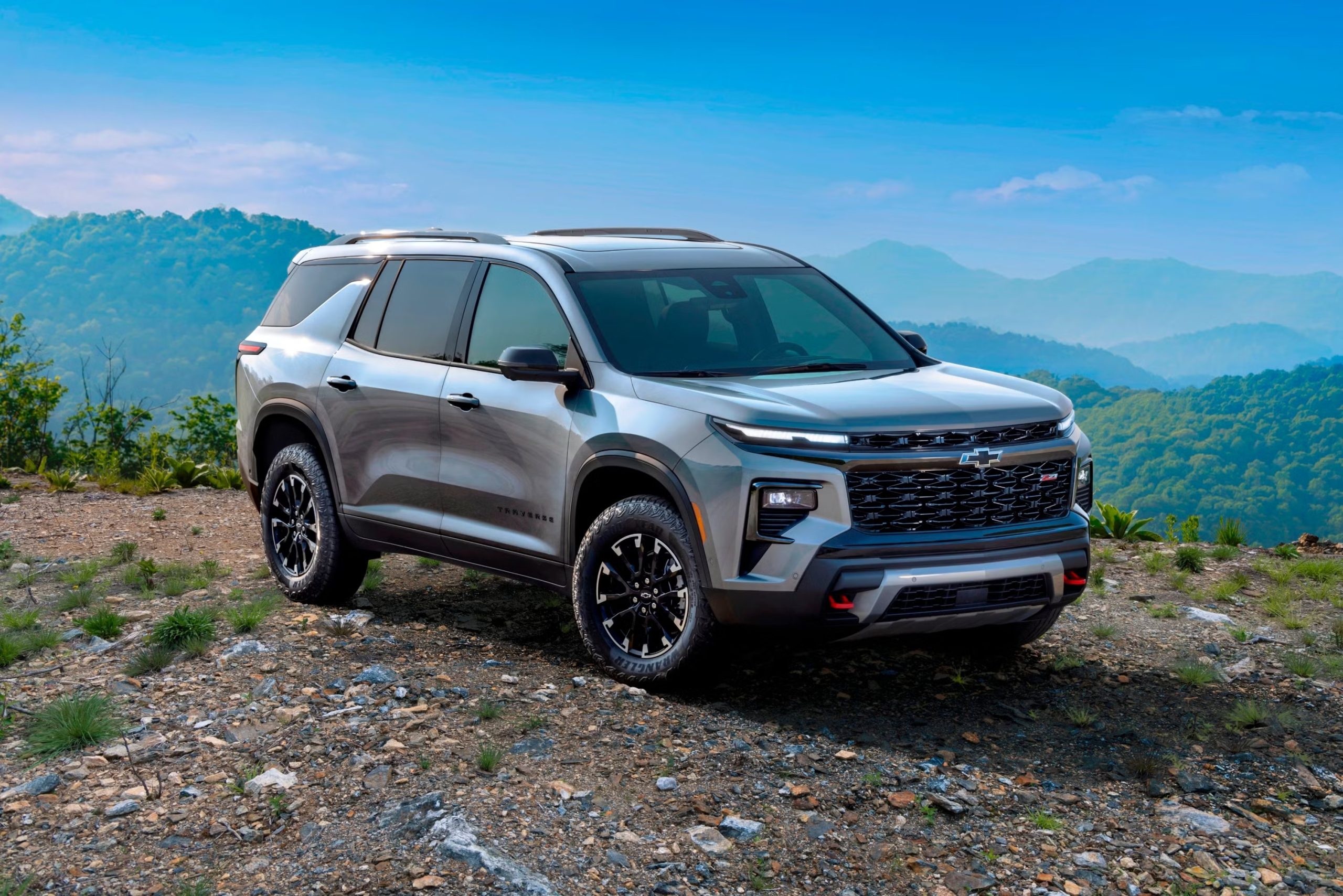
Also Read: 5 Cars With Tire Sizes That Are Easy To Find And 5 That Cost A Fortune
5 That Sound Like Death
While some engines earn their stripes as quiet, reliable workhorses, others gain notoriety for costly failures and distressing sounds as they age. These engines often show symptoms of trouble long before they hit 200,000 miles. From excessive oil consumption to failed components, these troubled powerplants can turn vehicle ownership into a costly headache.
This section highlights five engines infamous for poor longevity and loud mechanical failure signs, turning what was once a smooth ride into a noisy ordeal. These examples serve as cautionary tales, reminding us that not all engines are built for the long haul.
1. Mazda Millenia S: Complexity Breeds Trouble
Mazda’s ambitious Miller Cycle engine in the Millenia S was a technological experiment that didn’t age well. The 2.5-liter supercharged V6 used a unique compression strategy requiring a supercharger not for power, but for functionality.
Unfortunately, this component proved unreliable. Many owners report oil consumption issues and supercharger failures, leading to repair bills around $3,000. The engine’s complexity means few technicians know how to service it today, making even minor issues hard to resolve.
As mileage increases, the engine tends to become noisier and less efficient, often described as sounding strained or “sick” well before reaching 200,000 miles.

2. Cadillac Seville: Over-Engineered Headaches
The Cadillac Northstar V8 was a technological leap for GM, but its long-term durability has drawn criticism. Known for blowing head gaskets due to torque-to-yield bolts that stretch over time, this engine requires extensive labor to fix.
Repairs often involve engine removal and cost thousands of dollars. As these engines age, symptoms like overheating and coolant leaks worsen, sometimes accompanied by knocking or tapping noises.
Despite its once-premium positioning, the Northstar has developed a reputation for noisy, failing performance as it nears or passes 150,000 miles. Mechanics frequently advise against investing in older Northstar-equipped vehicles due to these costly issues.
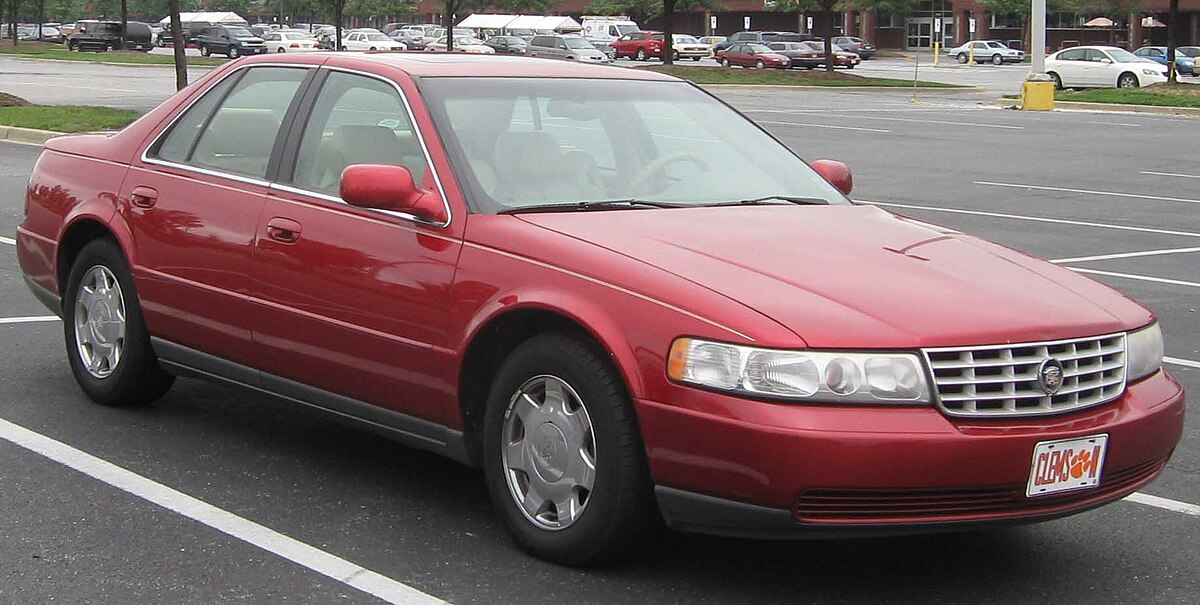
3. Ford 1.0-liter EcoBoost: Tiny Engine, Big Problems
The Ford 1.0-liter EcoBoost engine, used in models like the EcoSport, suffers from a flawed oil system design that causes premature failure. The oil pump is driven by a belt located inside the engine, exposed to oil and prone to wear. When this belt degrades, it sheds debris that clogs oil passages, leading to catastrophic engine damage.
Owners report knocking noises, oil pressure warnings, and eventual engine seizure, sometimes well before 100,000 miles. The problem is so widespread that the NHTSA launched an investigation. Far from being a quiet runner, this engine often ends its life sounding like it’s on the brink of collapse.
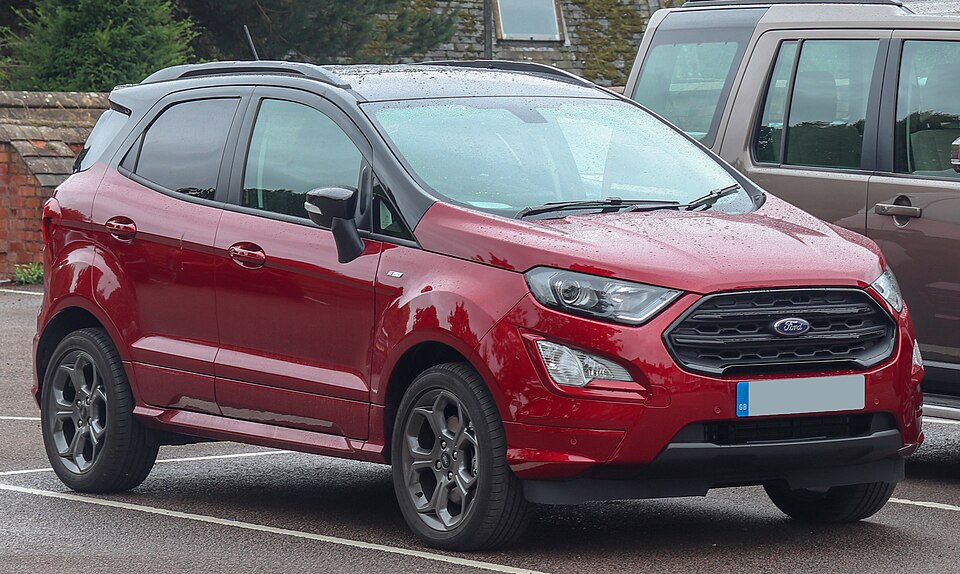
4. Chrysler Sebring: Sludge Machine
Chrysler’s 2.7-liter V6, used in various models from the late 1990s to 2007, is infamous for sludge buildup. A flawed water pump design allows coolant to leak into the oil, transforming it into a gel that clogs passage and starves the engine of lubrication.
As a result, these engines often develop tapping, ticking, and knocking noises before complete failure. Repair costs can exceed the vehicle’s value, especially after the 100,000-mile mark.
While some owners managed high mileage with meticulous maintenance, most found the engine unreliable and increasingly noisy as it aged. It’s one of the most cautionary engine tales of its era.
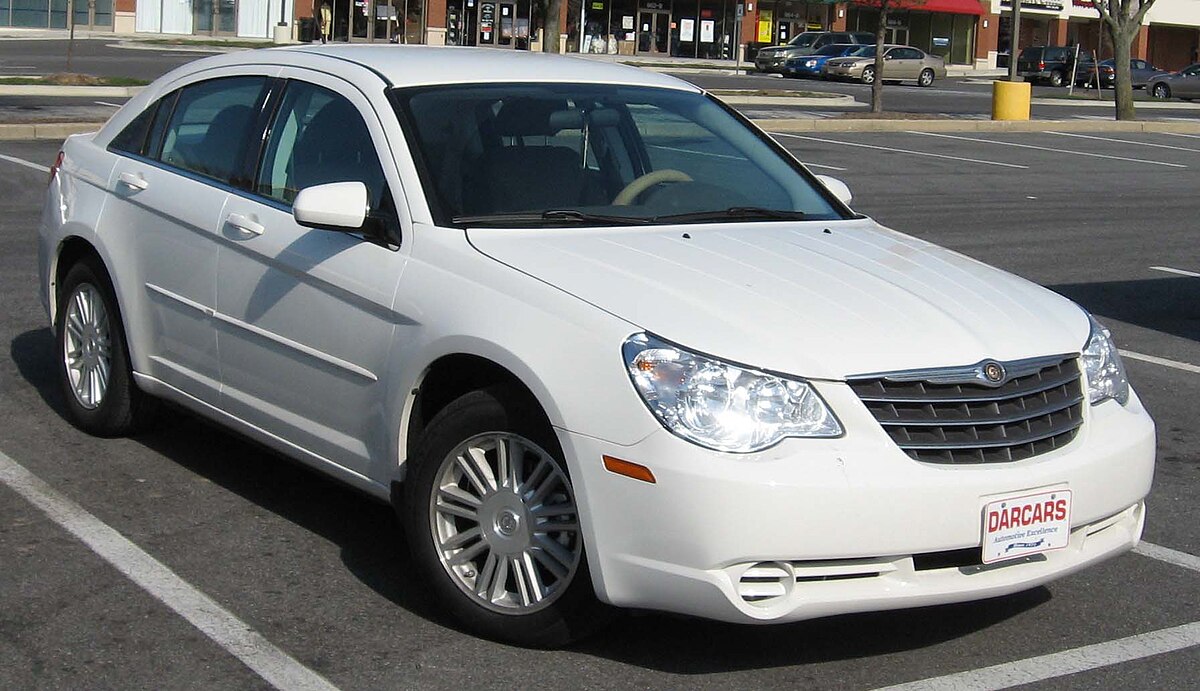
5. Ford F-150: Ticking Time Bomb
The Ford Triton 5.4-liter V8, found in millions of F-Series trucks, is both praised and criticized. While many units last well over 200,000 miles, others develop serious issues like cam phaser failures and spark plug blowouts.
The most common symptom is a loud ticking or knocking noise from the passenger side, caused by variable valve timing issues. Pre-2003 models had spark plug thread problems, while 2004–2008 models used a fragile two-piece spark plug design prone to breaking during removal.

These issues often lead to expensive repairs. Though some engines remain reliable, many others end up noisy, rough-running, and ultimately retired early.
Engine longevity is not just about brand or horsepower—it’s about engineering philosophy, component quality, and serviceability. As demonstrated, models like the Toyota RAV4 and Honda CR-V prove that quiet operation and durability go hand in hand.
On the flip side, engines like the Ford EcoBoost 1.0L and Chrysler 2.7 V6 are stark reminders of how complexity, poor design, or cost-cutting can result in costly noise and early failure. For anyone planning to keep a vehicle beyond 200,000 miles, it’s crucial to choose a powerplant known for quiet endurance rather than one that ends with a loud mechanical whimper.
Also Read: 5 Cars with Bulletproof Electronic Systems and 5 That Short Out Easily

